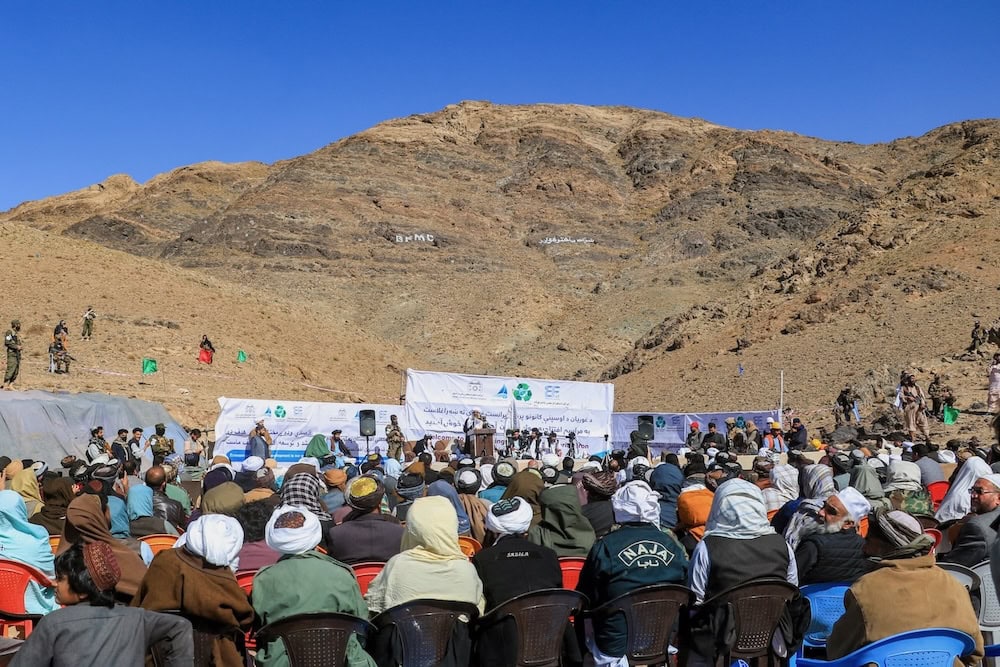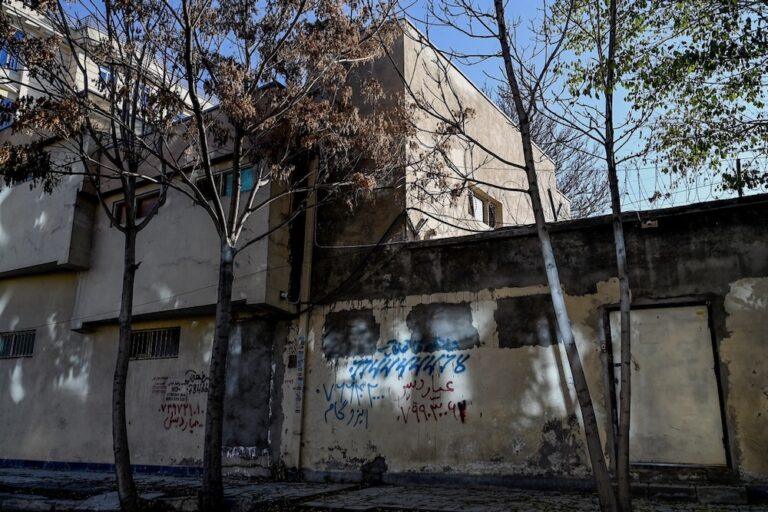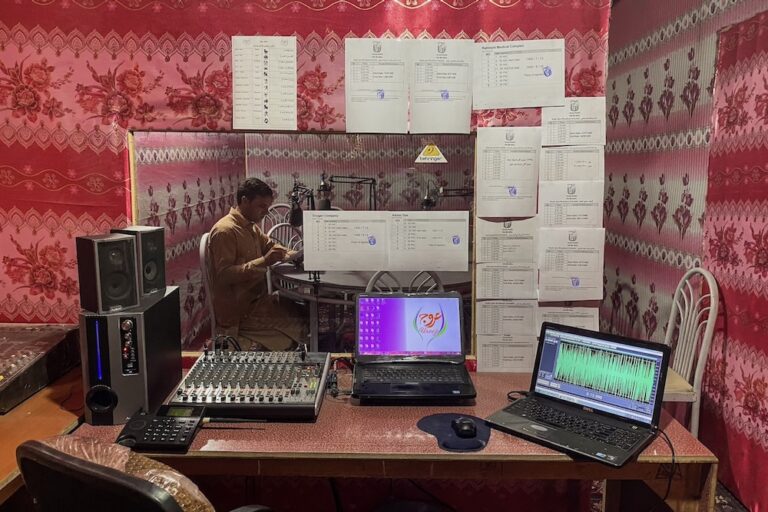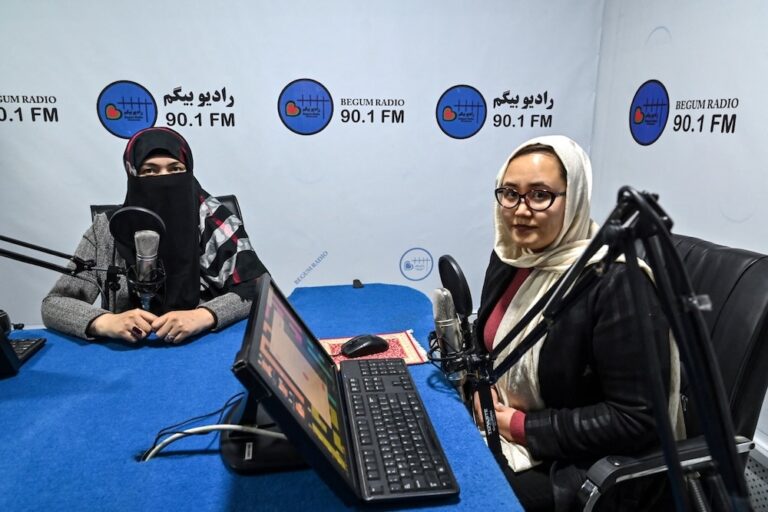The Afghanistan Journalists Center recorded 181 incidents of press freedom violations over the past year.
This statement was originally published on afjc.media on 13 August 2024.
Ahead of the third anniversary of the Taliban’s takeover of Afghanistan on August 15, the Afghanistan Journalists Center (AFJC) has released a report on press freedom in the country.
The report evaluates the actions and statements of Taliban officials regarding the media and journalists from August 15, 2023, to August 15, 2024, and compares them to the previous year.
During the third year, the Taliban’s official policy towards media and journalists continued to follow previous practices. Taliban officials claimed adherence to the previous government’s media law, which recognizes free media. They emphasized that this law was “in line with Sharia” and consistent with “the principles of the Islamic Emirate[Taliban government].” Furthermore, the Taliban announced that amendments to the media law would soon be ratified with only “slight” changes.
Over the past year, the approach toward media and independent journalists has intensified, marked by the issuance of ongoing media directives. Taliban officials have released at least three new directives, despite the existing Media Law, which is selectively enforced. These directives include a ban on media using “foreign terms” to “preserve national identity,” and impose restrictions on photography and videography during official gatherings in Kandahar. Additionally, there is a ban on girls calling into radios and televisions in Khost province, a trend that has been noted in several other provinces.
These new directives, added to the fourteen issued during the first two years of Taliban rule, lack a defined legal basis, and some of their provisions are unclear and ambiguous. However, they demonstrate a commitment to enforcement. These previous directives cover a range of prohibitions, including a ban on women working in national broadcasting, restrictions on coverage of protests, and enforced loyalty to their regime by requiring media to refer to them as the legitimate government. Additionally, they have prohibited music, restricted gender representation in television dramas, banned interviews with critics, and imposed a ban on broadcasting international television programs in Afghanistan. Journalists face severe constraints on criticism of Taliban officials, while measures like media gender segregation and bans on women’s voices in various provinces further suppress expression. Other regulations dictate the coordination of commercial content with political messaging and prohibit exiled media, ensuring a tightly controlled media landscape that stifles dissent and diversity of opinion.
Although the previous and new directives prohibit or warn about certain activities by journalists and media outlets, they do not say anything about the consequences of disobeying them. However, the findings of the Afghanistan Journalists Center show that media and journalists who ignored these directionis were dealt with severely during the third year of Taliban rule as well.
In the third year of Taliban rule, AFJC recorded 181 incidents of press freedom violations, a slight increase compared to the previous year. This included 133 threats, the temporary closure of four media outlets, the permanent closure of four others, the suspension of several media licenses, and the arrest of 48 journalists and media workers, with two still in custody.
There were some positive developments during this period: no targeted attacks against journalists or media organizations were reported, and journalists were not intentionally harmed. In contrast, the second year of Taliban rule recorded 179 incidents of press freedom violations, including one death, 20 injuries, 94 threats, 59 arrests, and five instances of physical violence. The first year saw 187 incidents, including two media worker deaths.
However, the media sector continues to face severe economic challenges, with declining commercial advertising and rising tax burdens. Many media workers still seek refuge in neighboring countries like Pakistan and Iran, or attempt to resettle in Western nations. Conditions for Afghan refugees, including journalists, have deteriorated, and many asylum applications from journalists have gone unaccepted by Western countries, leaving them struggling with economic hardships and uncertainty.
For the full text of the report (in Pashto), click here.



